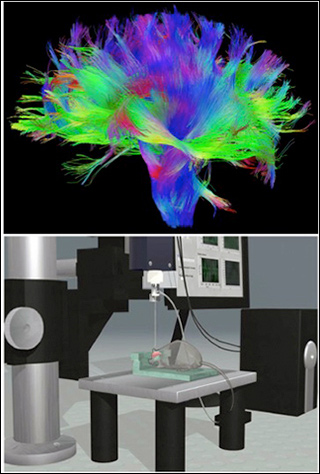Course Description
This course, as a part of MIT’s Center for Neurobiological Engineering curriculum, explores cutting-edge neurotechnology that is essential for advances in all aspects of neuroscience, including improvements in existing methods as well as the development, testing and discussion of completely new paradigms. …
This course, as a part of MIT’s Center for Neurobiological Engineering curriculum, explores cutting-edge neurotechnology that is essential for advances in all aspects of neuroscience, including improvements in existing methods as well as the development, testing and discussion of completely new paradigms. Readings and in-class sessions cover the fields of electrophysiology, light microscopy, cellular engineering, optogenetics, electron microscopy, MRI / fMRI, and MEG / EEG. The course is designed with lectures that cover the background, context, and theoretical descriptions of neurotechnologies, and labs, which provide firsthand demonstrations as well as in situ lab tours.
Course Info
Learning Resource Types
notes
Lecture Notes
assignment
Written Assignments
Instructor Insights

Top image shows the long-range connections of the white matter fiber of the human brain. Bottom schematic shows the Autopatcher, a device used to record automated whole-cell patch clamp electrophysiology of neurons in vivo. (Image of white matter fiber architecture in the human (top) is courtesy of the Laboratory of Neuro Imaging and Martinos Center for Biomedical Imaging, Consortium of the Human Connectome Project. Schematic of the Autopatcher (bottom) is courtesy of The McGovern Institute for Brain Research at MIT. Used with permission. CC license BY-NC-SA.)










